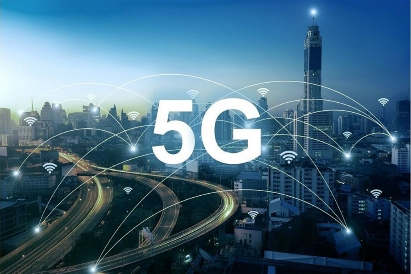
5G technology is designed to significantly reduce latency, which is the time it takes for data to travel from one point to another.
This reduction is crucial for enhancing user experiences and enabling new applications across various sectors.








Key Aspects of Latency Reduction
Near Zero Latency: 5G aims to achieve near zero latency, particularly beneficial for real-time applications in fields such as transportation, manufacturing, and virtual reality (VR). This capability allows for instantaneous communication, which is essential for critical applications like remote surgery and autonomous driving.
Technological Innovations: The reduction in latency is made possible through several advanced technologies:
Higher Frequency Bands: 5G utilizes higher frequency bands that allow for more data to be transmitted simultaneously, which helps in minimizing delays.
Beamforming and Massive MIMO: These technologies enhance the efficiency of data transmission by directing signals more accurately to users, thereby reducing the time it takes for data to reach its destination.
Target Latency Goals: 5G networks are designed to achieve latency as low as 1 millisecond (ms) or even less, which is a significant improvement over 4G networks. This low latency is particularly important for applications that require immediate feedback, such as gaming and interactive media.
Impact on User Experience: The low latency of 5G will improve existing mobile experiences, such as streaming and online gaming, while also enabling entirely new applications that rely on real-time data processing.
In summary, the advancements in 5G technology not only promise faster data speeds but also a substantial reduction in latency, paving the way for innovative applications and enhanced user experiences across various industries.


Leave a Reply